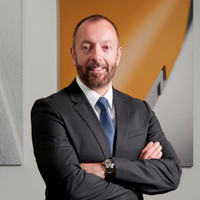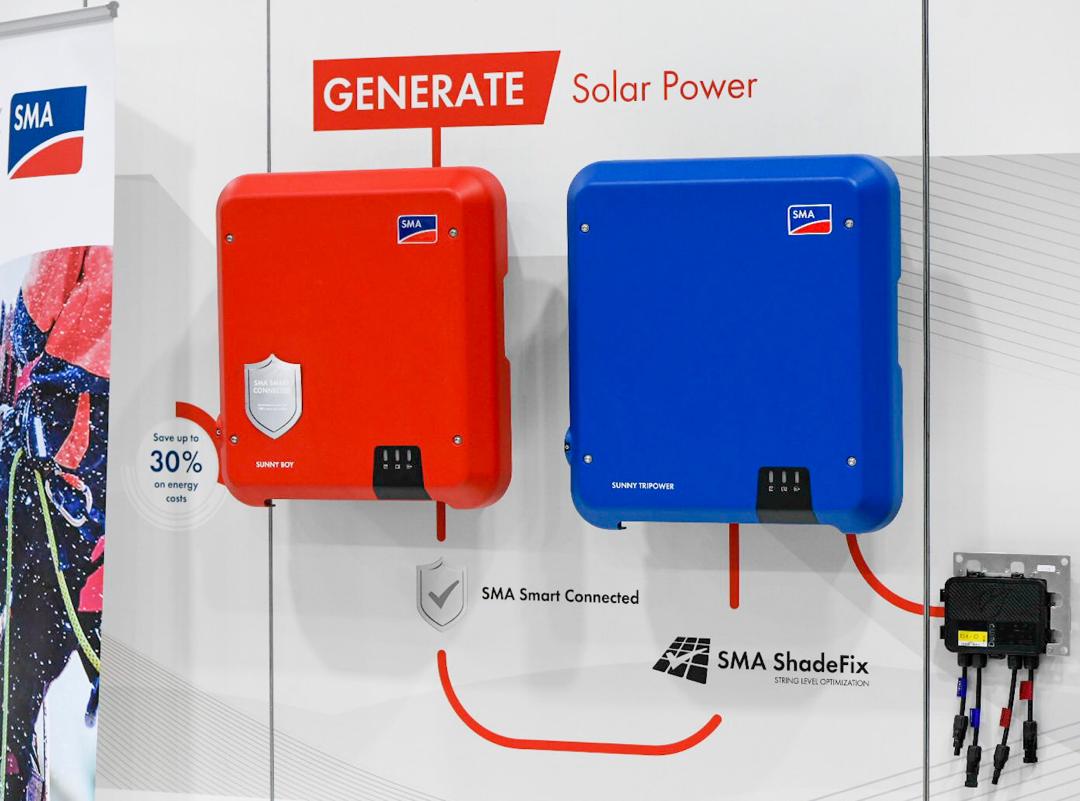pv magazine Australia: It appears that with a combination of state initiatives, the existing STC program and high electricity prices continues to drive the residential solar segment in Australia. What is your take on the strength of the market at present?

Photo: SMA Solar Technology
John Susa: What we can observe is that the market is growing significantly compared to 2018. Our estimate is for over 30% growth YoY, driven as you say by high energy prices and state incentives, but also increased interest in residential storage – for storage enabled systems.
So, the interest in storage is feeding into interest in rooftop PV?
Exactly, but the cost of storage and availability of credible solutions in the market is impacting the actual penetration of storage products as such. The cost of storage and availability of credible solutions in the market is impacting the actual penetration of storage products as such.
Are you seeing strong demand for residential battery storage?
No, not that we can see. There is a major difference between energy storage systems and storage-enabled systems. Storage is a driver for residential users to consider installing a system, but when the quote is given for solar only or with storage, they go for solar [only]. The amount of systems sold with storage in 2018 is at best 50,000 systems, versus one million systems installed. Penetration is hard to judge in 2019, but still not higher than 10%.
What do you mean by storage enabled?
We see increased sales of hybrid systems, inverters which are storage enabled, so at a later solar customers could decide to install storage to match with their system.
With such strong growth in the rooftop segment, there could be implications for quality. And component and installation quality has been an issue in the Australian marketplace in the past. How do you see the situation?
Now we really are looking at a very sustainable industry in Australia in terms of demand, across all segments. What we need to focus on is quality and the reliability of our installs. The biggest advantage of solar is that the costs have come down. But we need to prove that solar is not just a five-year investment – which in some cases is the warranty period. So, a push towards quality and sustainability is critical to the industry, to prove itself to customers and the competition – which is other energy sources.
Is this how you see SMA competing in the residential market, because it is still a pretty crowded field in Australia?
The Australian residential market has been characterized as one that has a relatively low barrier to market entry for low quality brands. That comes very much also to the pragmatism of the local distribution and installation businesses, which can focus more on volume. You’ve observed how many of those businesses have gone bust in the last five years. We continue to see the same behavior, with a large amount of low quality products coming into the country. More so than in Europe and North America.
You see also a lot of unqualified promises for higher yield or with certain functionalities, not only from Asian-based manufacturers but other competitors that make claims can’t actually be backed up. So, the difference between large scale [segment where SMA enjoys very strong market share] is that here we are talking about financial institutions, banks, [and] AEMO being involved. Therefore quality and the technical competence of the supplier is absolutely critical. In residential, the responsibility should be on the shoulders of the local installation companies and retailers to ensure quality systems are coming into the market. And here we are not seeing any improvement on what has happened in the last five years.
I understand that on the module side there has been an improvement. But are you saying that’s not the case with inverters?
With the modules there is a different landscape. Due to the difficulties module makers have faced, there has been a lot of consolidation. The top five players are present here. On the inverter side there are quite a few new entrants in the last two years.
The commercial rooftop, or C&I segment, has always had a lot of promise. Are you seeing movement?
We see this segment picking up, but it is not as big as residential. In rooftop, we estimated 1.3 – 1.5 GW of installations in 2019. I would assume that commercial would be potentially half of that. It’s hard to judge at this point.
There are different drivers in this segment. In some cases energy prices that are driving C&I, but in some cases the users can negotiate favorable commercial rates from electricity retailers.
Instead, there has been a push from large corporates, companies like Coles, Woolies, Aldi and Bunnings, that as a part of their corporate policy and social responsibility are rolling out solar. And in that segment we do see more consciousness and an understanding of yield, better installation, better quality of components in the system.
Do you think maybe the Walmart vs. Tesla case in the United States has sharpened that understanding?
Exactly. And that relates to my comments earlier with regards to these unqualified promises that a number of suppliers or installation business might be making towards end users regarding yield and quality. From SMA’s point of view to our partners, it is critical there is an understanding as to how the products perform in the field and in real life and not just on the data sheet.
This content is protected by copyright and may not be reused. If you want to cooperate with us and would like to reuse some of our content, please contact: editors@pv-magazine.com.









1 comment
By submitting this form you agree to pv magazine using your data for the purposes of publishing your comment.
Your personal data will only be disclosed or otherwise transmitted to third parties for the purposes of spam filtering or if this is necessary for technical maintenance of the website. Any other transfer to third parties will not take place unless this is justified on the basis of applicable data protection regulations or if pv magazine is legally obliged to do so.
You may revoke this consent at any time with effect for the future, in which case your personal data will be deleted immediately. Otherwise, your data will be deleted if pv magazine has processed your request or the purpose of data storage is fulfilled.
Further information on data privacy can be found in our Data Protection Policy.